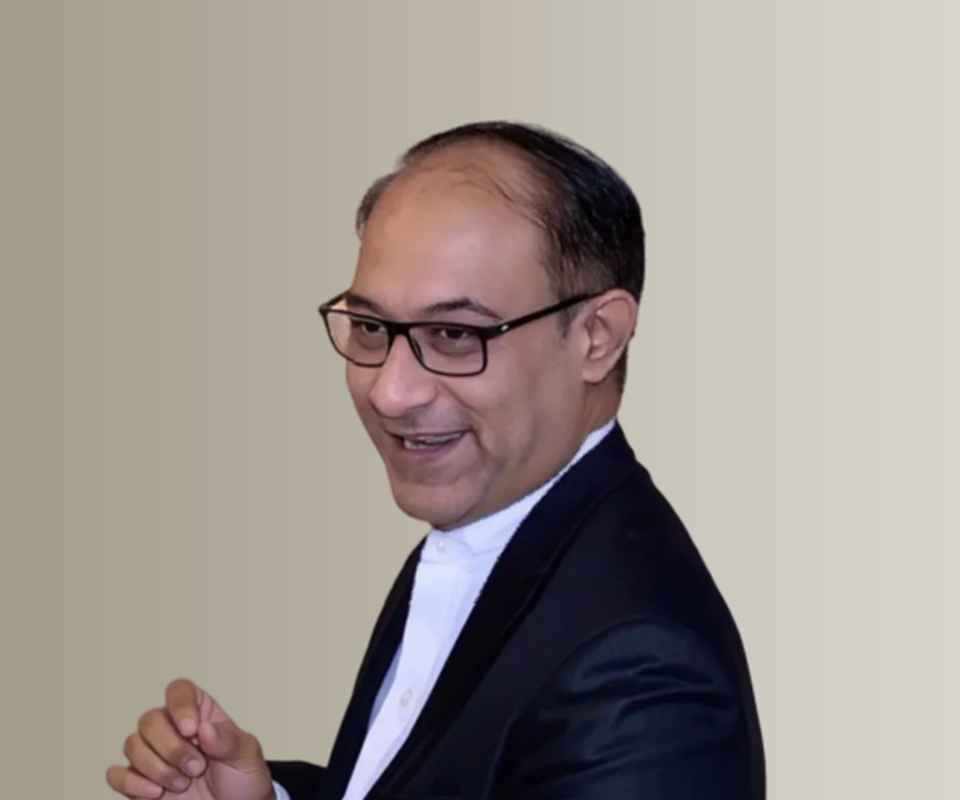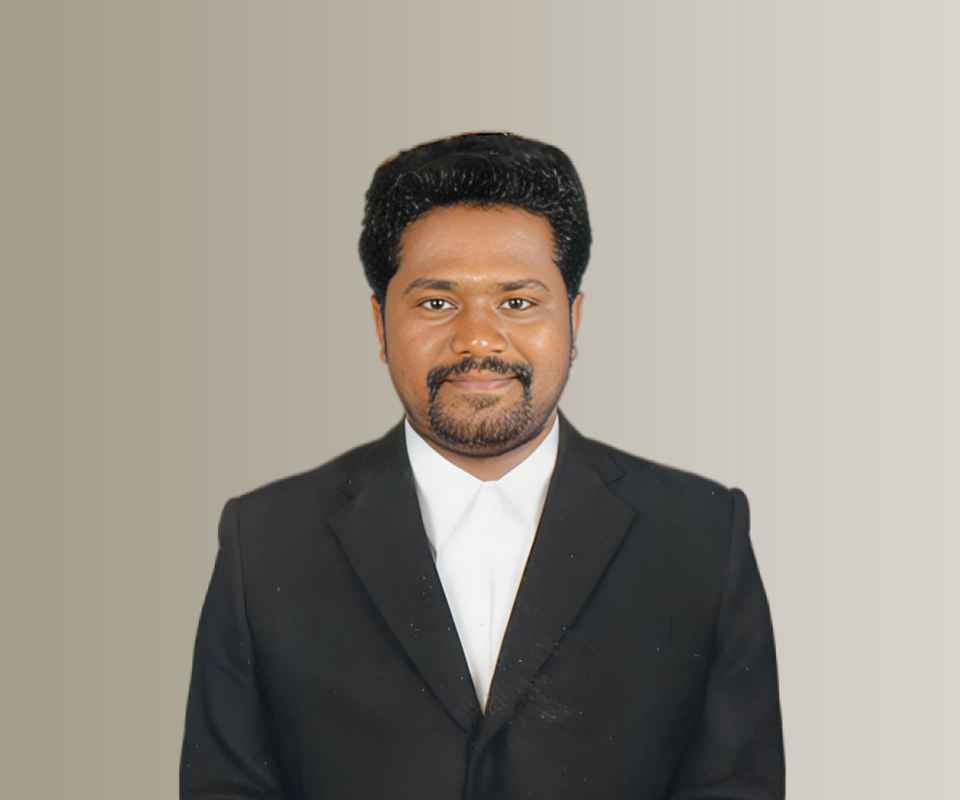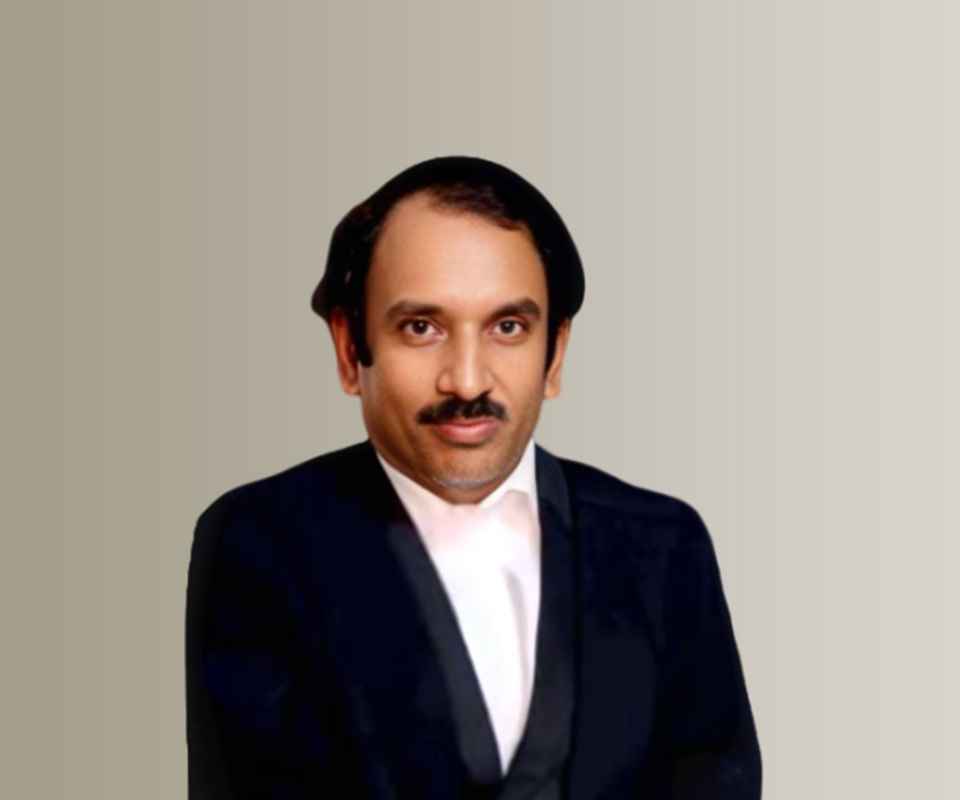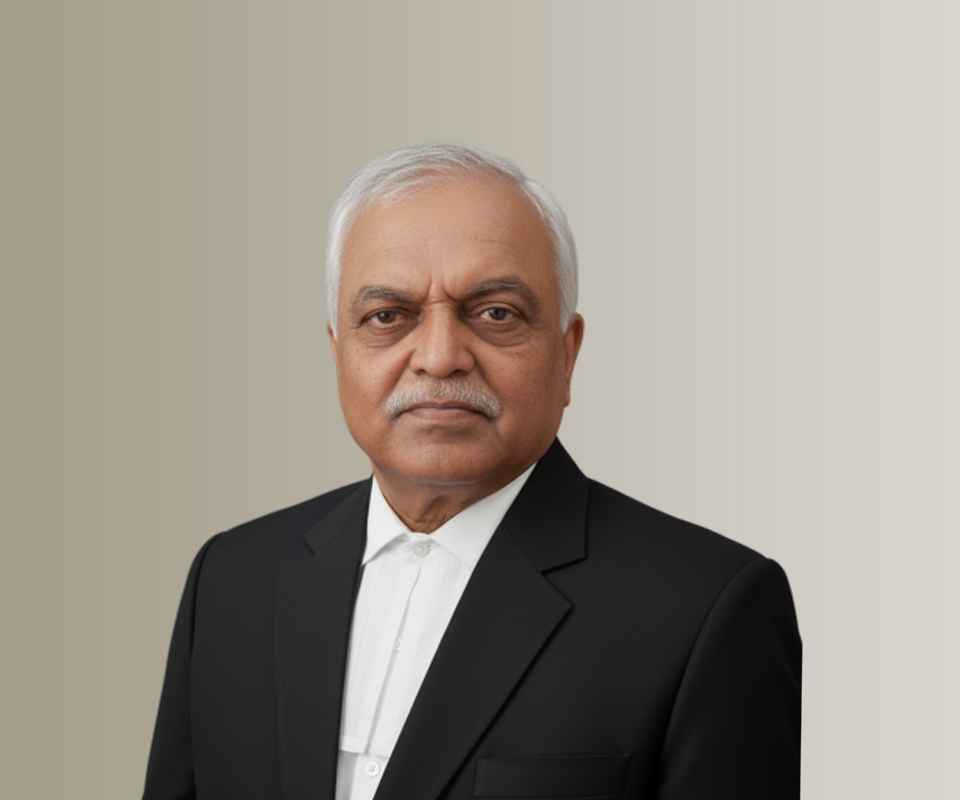Answer By law4u team
Bharatiya Nagarik Suraksha Sanhita, 2023 - Section 316: Record of Examination of Accused
(1) Whenever the accused is examined by any Magistrate, or by a Court of Session, the whole of such examination, including every question put to him and every answer given by him, shall be recorded in full by the presiding Judge or Magistrate himself or where he is unable to do so owing to a physical or other incapacity, under his direction and superintendence by an officer of the Court appointed by him in this behalf.
(2) The record shall, if practicable, be in the language in which the accused is examined or, if that is not practicable, in the language of the Court.
(3) The record shall be shown or read to the accused, or, if he does not understand the language in which it is written, shall be interpreted to him in a language which he understands, and he shall be at liberty to explain or add to his answers.
(4) It shall thereafter be signed by the accused and by the Magistrate or presiding Judge, who shall certify under his own hand that the examination was taken in his presence and hearing and that the record contains a full and true account of the statement made by the accused: Provided that where the accused is in custody and is examined through electronic communication, his signature shall be taken within seventy-two hours of such examination.
(5) Nothing in this section shall be deemed to apply to the examination of an accused person in the course of a summary trial.
Brefe Detail
Section 316 of the Bharatiya Nagarik Suraksha Sanhita, 2023, outlines the procedures for recording the examination of an accused person. It mandates that the entire examination be documented, including questions and answers, by the presiding Judge or Magistrate. The section specifies that the record should be in the language understood by the accused, and the accused must have the opportunity to review and clarify their statements. The record must be signed by both the accused and the presiding authority, ensuring that it reflects a true account of the examination. There are specific provisions for examinations conducted via electronic communication and exceptions for summary trials.
Question & Answers
Q1: What must be recorded during the examination of the accused?
A1: The entire examination, including every question and answer, must be recorded in full.
Q2: In what language should the record be made?
A2: The record should be in the language in which the accused is examined, or in the language of the Court if that is not practicable.
Q3: What happens if the accused does not understand the language of the record?
A3: The record shall be interpreted to the accused in a language they understand, and they can explain or add to their answers.
Q4: Who certifies that the examination was conducted properly?
A4: The presiding Judge or Magistrate certifies that the examination was taken in their presence and that the record is accurate.
Q5: Are there any exceptions to this section?
A5: Yes, this section does not apply to the examination of an accused person during a summary trial.
Example
1. Complete Record: A Magistrate examines an accused individual, recording each question asked and the corresponding answers given, ensuring accuracy in documentation.
2. Language Consideration: An accused person who speaks Tamil is examined in Tamil, and the record is made in that language.
3. Review Process: After the examination, the accused reads the record, finds a discrepancy, and provides additional explanations before signing.
4. Electronic Examination: An accused in custody is examined via video call. Their signature is collected within seventy-two hours as per the provisions.
Summary
Section 316 of the Bharatiya Nagarik Suraksha Sanhita, 2023, establishes a detailed procedure for recording the examination of an accused person, ensuring accuracy, clarity, and the right to understand the proceedings. It emphasizes the importance of language comprehension and provides specific protocols for documenting and certifying the examination, thus upholding the principles of fairness and transparency in the judicial process.






